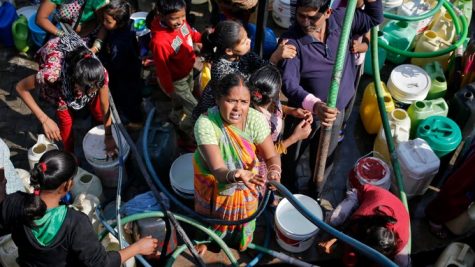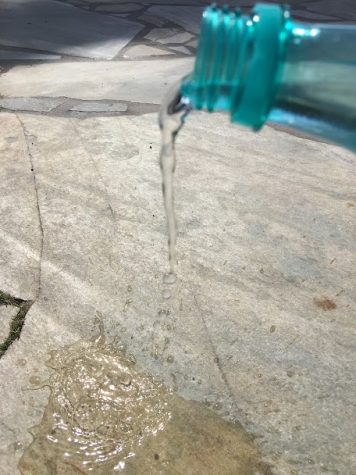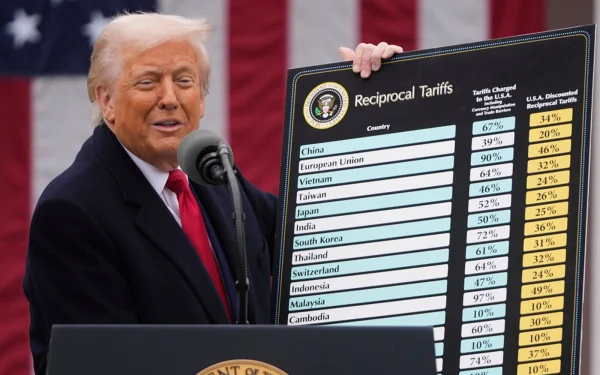Indian Water Crisis Cause and Effect: Political and Agricultural
20 million people without water, 9,000 troops and paramilitaries deployed, 19 dead, and 70 percent of groundwater guzzled by sugar-cane. What if you lived in a country where politics and agriculture drained the last amount of safe drinking water? Back in 2013, Kirit S. Parikh, chairman of Integrated Research and Action for Development (IRADe) and a former member of the Government of India’s Planning Commission in charge of water and energy issues, predicted and analyzed the causes of India’s on-going water crisis.

“Dr. Parikh argues that the country’s water crisis has been caused by a combination of factors, including population growth, dwindling groundwater supplies from over-extraction by farmers, and insufficient investment in treatment facilities at the federal, state, and local levels,” reports an interviewer for The National Bureau of Asian Research (NBR). Now in 2016, these causes of crisis have exalted. Politics and Agriculture are both to blame for this threatening catastrophe.
In recent months, the drought has not affected food prices causing little attention to be payed towards agriculture’s cause in the lack of water. According to Indian Express News, “urban consumers aren’t particularly feeling the heat of the drought: they have been shielded mainly by low global prices.” Because this drought is affecting farmers instead of citizens, no one is focusing in on the crops roles in the water crisis. The effect of this blindness is 70 percent of groundwater being used to irrigate Maharashtra’s sugarcane crop. Writer’s for Live Mint report that, “the discrepancy hasn’t stopped successive state governments from bailing out the sugar industry time and again with subsidies and loan waivers.” In the past seven years, groundwater levels have decreased by 54 percent. Due to the lack of surface water caused by the drought, groundwater is a primary source for drinking water, but if industries continue to drain it for crop irrigation this source will run dry.

Unlike agriculture issues, from February 22nd to April 10th politics surrounding India’s water crisis have been publicized. On the Monday of February 22nd, protestors disrupted a main water station that supplied the majority of the city of New Delhi with water. The cause of the protests is the government’s plan to provide certain jobs to only people from lower castes. This has caused members of the Jat community, a prosperous and large caste, to begin protests over the access of these government jobs and education opportunities. Throughout their protests they have blocked off main roads, launched attacks on railway stations, looted, started fires, and closed of this crucial water supply station. Police reported a total of 19 deaths as a result of these protests. ITV news reports that, “in response, the federal government deployed 4,000 troops and 5,000 paramilitaries in a massive show of force and ordered an end to the protests by Sunday night.” The main result of these protests is 20 million people left without a water supply. This political issue is finally realized as a deadly killer not just through protests, but also through the lack of water supplies.
After the protests had been called off by Jat leaders who met with Home Affair Minister, Rajnath Singh, the army have decontrolled the canal and water supply. According to ITV News, “the Water Broad say it could take up to three or four days to restore the full water supply to affected areas. Most recent recovery measures occurred yesterday on April 10th. According to The Indian Express, “…a train with 50 tankers pulled into Miraj in Sangli district late Saturday night. On Sunday, water was filled in the tankers for the onward journey to Latur, a district which has been staring at its “worst ever” water crisis in decades.” As more and more attention is brought to the crisis, things are slowly looking up. Many organizations are beginning to lend a hand to improve the water situation. Along with water.org, thewaterproject.org is helping to raise awareness and collect donations.
In the midst of a crisis looking at the roots of the problem is most beneficial. In this case India’s crisis derived from agricultural and political issues, making this multi-cause crisis so deadly. As agricultural water issues are being more closely examined, and the seemly peaceful end to the protests are nearing, we can only hope that India rises from this water crisis.





